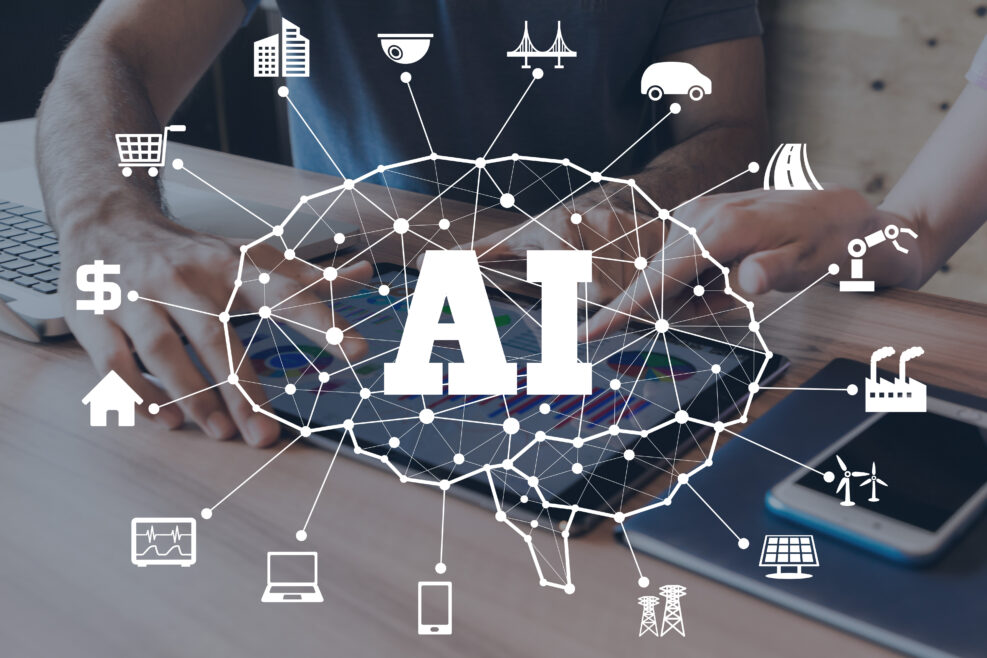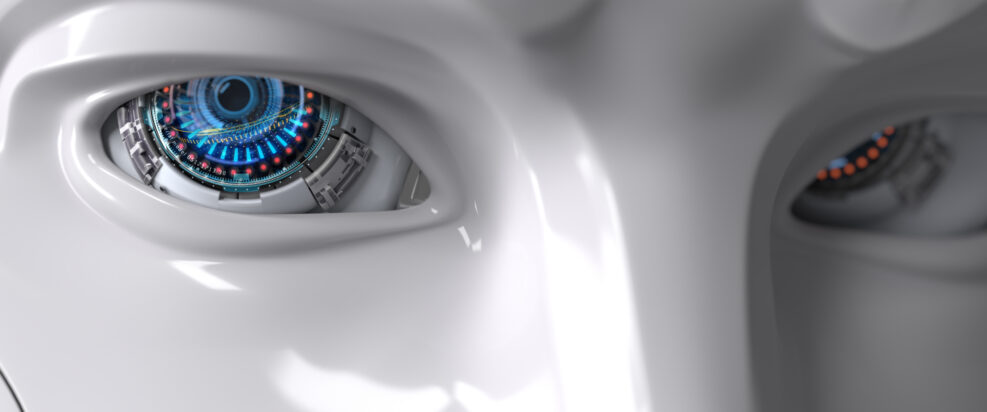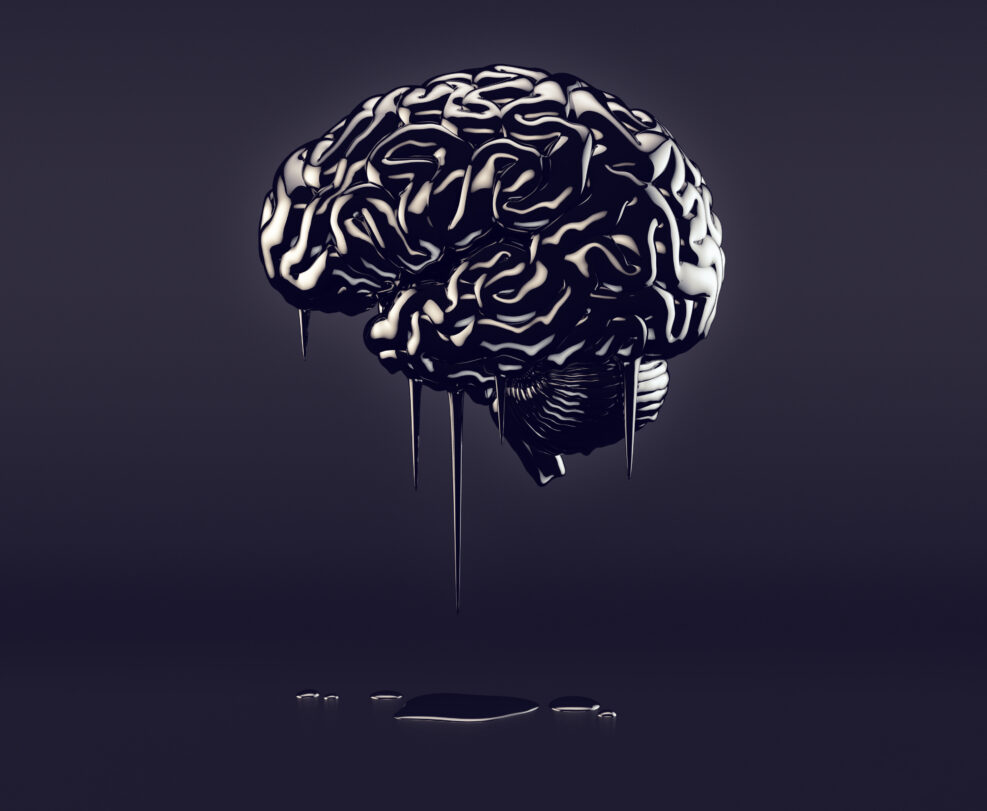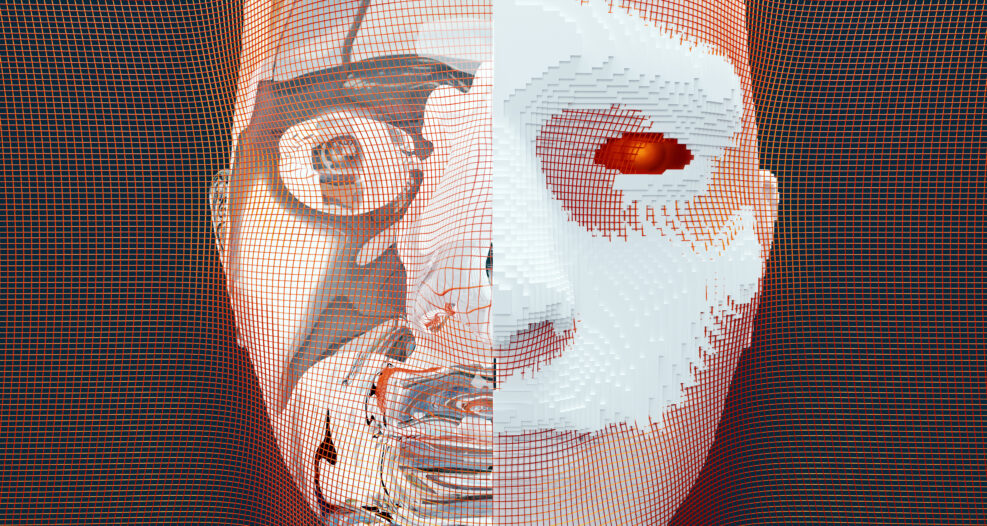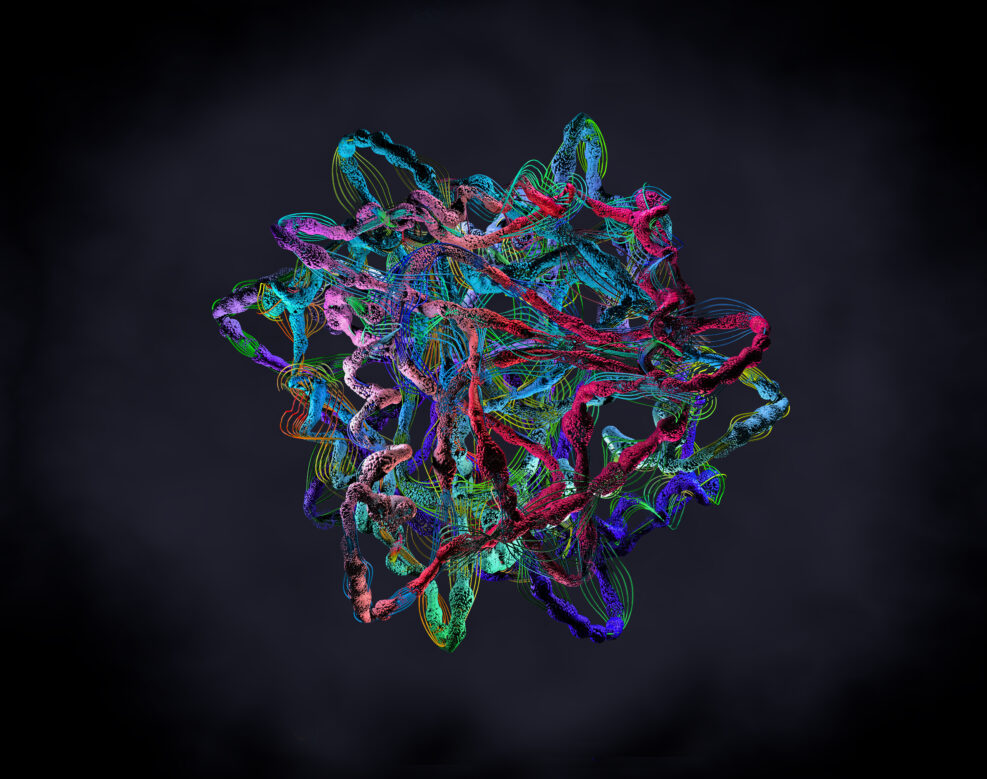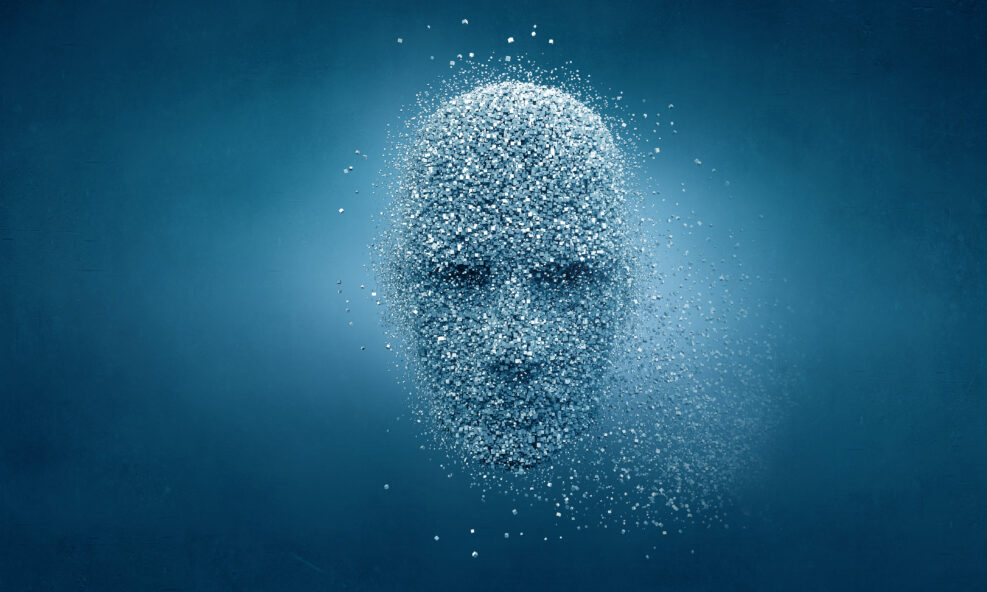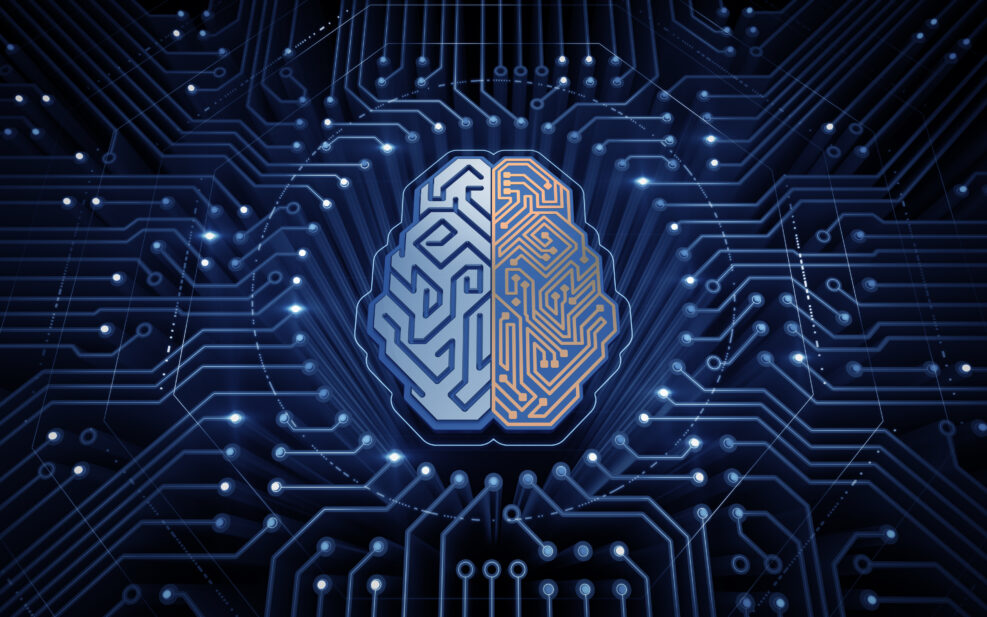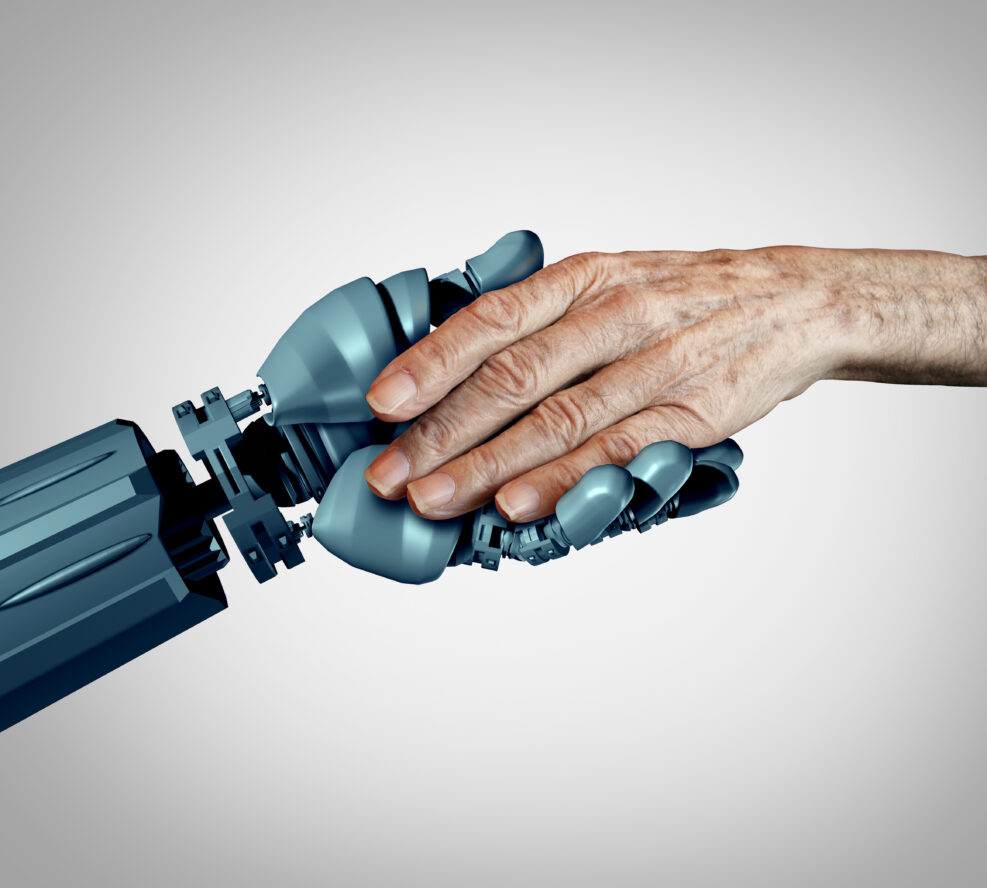
Sophia the Robot Retooled to Help With Senior Care
Hanson Robotics sees a huge opportunity in the COVID lockdowns for a mass robot rollout that substitutes for human companionshipHong Kong-based Hanson Robotics is rolling out Sophia the Robot, to help people cope with loneliness during government-enforced isolation as a response to COVID-19. Brushing aside claims that human contact is preferred, firm’s principals see the lockdowns as creating new opportunities for the robotics industry. Founder and CEO David Hanson says, “Sophia and Hanson robots are unique by being so human-like. That can be so useful during these times where people are terribly lonely and socially isolated”: Social robotics professor Johan Hoorn, whose research has included work with Sophia, said that although the technology is still in relative infancy, the pandemic could accelerate a relationship between humans and robots. “I can infer the pandemic will actually help us get robots Read More ›
